Cursus Publicus: The Roman Empire’s Clever Postal System
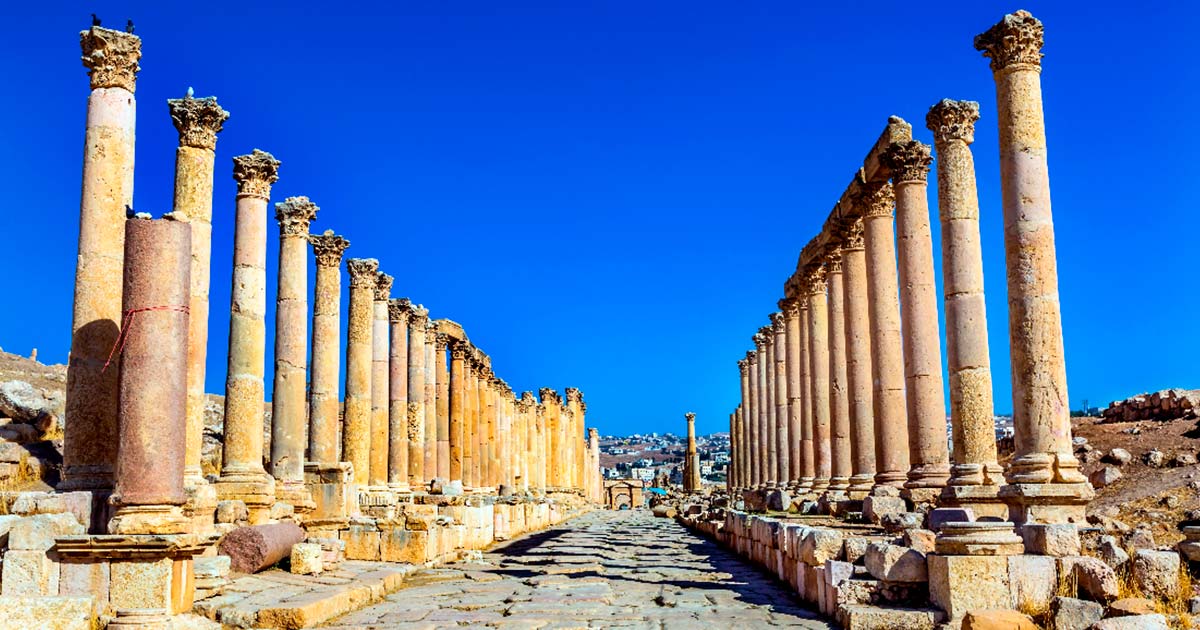
No great empire is truly functional without a proper system of communication and transport. Logistics are what keeps a vast realm ticking like a good mechanism, and what brings it together into one well-ordered nation. Throughout history, every large empire had its own system of couriers, road networks, and transportation, ensuring its success and functionality. Arguably the most well-known of all these was the Cursus Publicus, the ancient Roman postal and transportation system.
Communication in the Ancient World
A great empire is a vast expanse of land. It incorporates many nations, ethnicities, languages, geographical areas, and even continents. Without a good communications and transport system, these aspects can never be connected together, forming one functioning realm. So, if we glance back into ancient history, we can see that all the great realms had some form of a public transportation and communications system. There exist historical references that tell us of postal systems existing in ancient Egypt as early as 2000 BC, and even in Chou Dynasty China, around a millennium later. The postal system was refined in ancient China, from where it was adopted by the Mongols – who had one of the largest empires in the world.
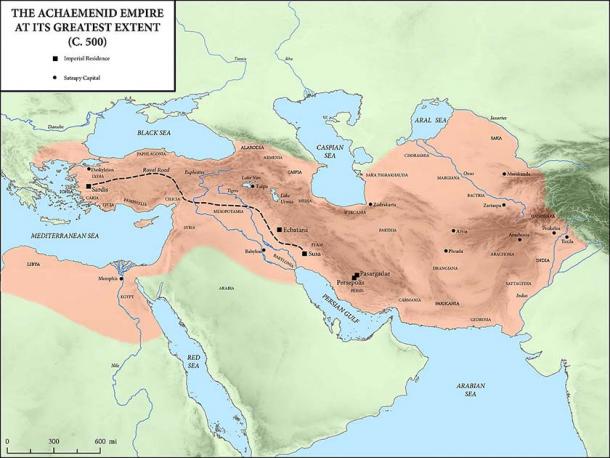
The Romans adapted their state post from the ancient Persian network of the royal mounted couriers, refining it to their famous Cursus Publicus. (पाटलिपुत्र/CC BY-SA 4.0)
Persian Mounted Messengers
In the 6th century BC, the ancient Persians serviced their empire with a system of mounted messengers and posthouses throughout the realm. A courier could ride swiftly, reach one of these postal waystations, swap his tired horse for a fresh one, and continue his journey quickly. Repeating these steps, the courier could reach a distant part of the empire in a relatively short time. The system worked well, and attracted the attention of ancient Greeks, as described by historians Herodotus and Xenophon. And, in no time, the system naturally reached Rome, where it was quickly adopted and refined according to Roman standards. It would soon turn into the famed Cursus Publicus.
Cursus Publicus, ‘The Public Way’
In just a few generations, the Cursus Publicus, known in English as the “Public Way” or “Imperial Post,” became the foremost system of Roman government-run courier and transportation services that operated throughout the Roman Empire. Procopius writes of its early forms:
“The earlier Emperors, in order to obtain information as quickly as possible regarding the movements of the enemy in any quarter, sedition, unforeseen accidents in individual cities, and the actions of the governors or other persons in all parts of the Empire, and also in order that the annual tributes might be sent up without danger or delay, had established a rapid service of public couriers throughout their dominion according to the following system. As a day’s journey for an active man they fixed eight ‘stages,’ or sometimes fewer, but as a general rule not less than five. In every stage there were forty horses and a number of grooms in proportion. The couriers appointed for the work, by making use of relays of excellent horses often covered in a single day as great a distance as they would otherwise have covered in ten.’
It was established to facilitate the movement of people, messages, and goods across vast distances, ensuring effective communication and administration within the expansive Roman territories. The Cursus Publicus played a crucial role in maintaining control over the vast empire and in facilitating trade, governance, and military operations.
Keeping the Empire Informed
The Cursus Publicus consisted of a network of relay stations strategically placed along major roads and routes. These stations provided lodging, fresh horses, and other essential services for couriers, travelers, and officials using the system. They were a fundamental component of the Cursus Publicus network. These stations were strategically positioned along major roads and routes, typically around 20 to 30 miles (32.18 to 48.28 km) apart. Roman engineers designed these stations to provide essential services to travelers, messengers, and officials utilizing the system. One of the primary advantages of the relay stations was the availability of fresh horses. Messengers and travelers could switch to a fresh horse at each station, allowing them to cover longer distances more quickly without exhausting the animals.
Relay stations provided basic accommodations for travelers, such as shelter, food, and water. This was especially crucial for messengers and officials on official business who needed to rest during their journeys. The stations were often manned by guards or military personnel, ensuring the safety of travelers and their possessions.
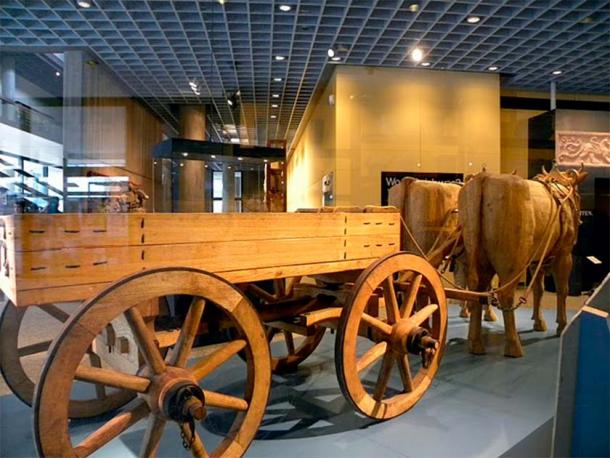
Ancient Roman cart and horse used for the Cursus Publicus. Römisch-Germanisches Museum, Germany. (Halina Frederiksen/CC BY 3.0)
The Cursus Publicus employed skilled messengers and couriers who traveled on horseback or in chariots, allowing for relatively fast communication across long distances. These messengers were often responsible for carrying important dispatches, official orders, and news between different parts of the empire. Messengers were organized hierarchically, with a relay of couriers stationed at each relay station. When a courier arrived at a station, they would hand off the message to the next courier who would continue the journey. Messengers often wore distinctive uniforms or carried official seals to indicate their status and affiliation with the Cursus Publicus.
The News Travelled Swiftly
The system was also used to transport government officials, military officers, and other important personnel who needed to travel swiftly and efficiently. This facilitated the movement of officials to their assigned posts and allowed for rapid response to emergencies or crises. The ability to move officials swiftly allowed the Roman government to maintain control over its extensive territories and ensure consistent administration.
The Cursus Publicus also handled mail and packages, contributing to the efficient flow of information and trade within the Roman Empire. The state-run nature of the system helped ensure the security of valuable documents and goods being transported across the empire.
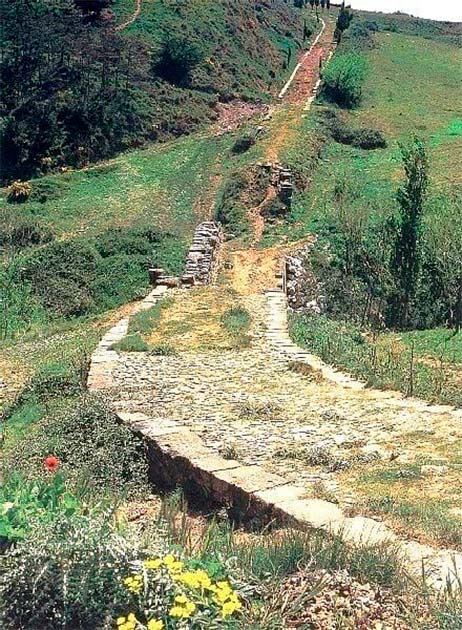
A section of surviving Roman road in northern Spain. The curb stones can be clearly seen, a common feature of Roman roads in their communication and transportation network. (World History/CC BY-NC-SA)
The Cursus Publicus facilitated long-distance trade by allowing merchants to send orders and receive information about market conditions in different parts of the empire. Important administrative documents, such as tax records and legal decrees, could be transported quickly and reliably to various regions of the empire.
Of course, such a complex postal system could not work without a developed infrastructure. And Rome had one of the best road networks in the world at the time. The Roman government was committed to maintaining the infrastructure necessary for the Cursus Publicus to function effectively. They invested in building and maintaining a vast network of well-constructed roads and sturdy bridges, which were essential for the efficient movement of messengers, officials, and goods. The focus on infrastructure maintenance contributed to the overall stability and cohesion of the empire by facilitating communication and transportation.
The World’s First FedEx!
The Cursus Publicus was under the direct control of the Roman government, specifically overseen by the imperial office responsible for transportation and communication matters. This centralized control ensured consistency, efficiency, and standardization throughout the system. The establishment and operation of the Cursus Publicus demonstrated the organizational and administrative prowess of the Roman Empire. While the system primarily served the government and elite members of society, it laid the groundwork for future developments in postal and courier services that continue to influence modern transportation and communication systems.
Needless to say, just as with many things they adopted, the Romans brought this system to perfection. They refined all of its aspects until it was a highly efficient mode of communication. And for the ancient world, it was unparalleled. It was claimed that in a single day and night, around 270 kilometers could be covered (170 miles), which was a considerable distance in ancient times. Such results wouldn’t be rivaled for many centuries that followed.
In time, each new emperor made improvements to the Cursus Publicus, adding new waystations, improving roads, and extending the networks. The entire road network was painted on the so-called “Tabula Peutingeriana”, showing in detail the incredible extent of this system. Alas, with the waning of the Roman Empire and its power, so did the Cursus Publicus wane.
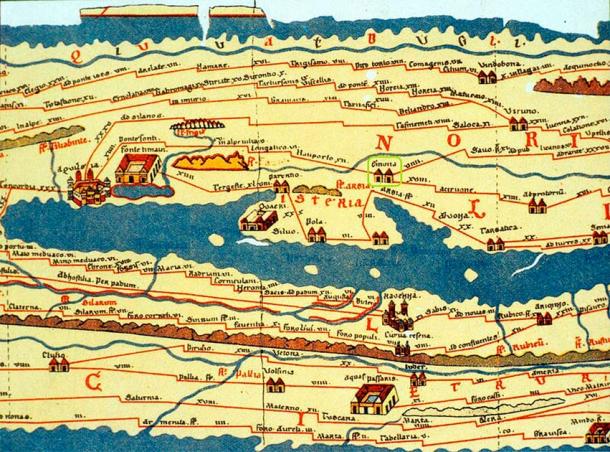
The Tabula Peutingeriana, is an illustrated map, showing the cursus publicus, the road network in the Roman Empire. (Konrad Peutinger/CC BY 3.0)
Something for the Barbarians
Of course, as we all know, the fate of the Roman Empire was not one of lasting prosperity. With the increasing attacks from “barbarian” tribes outside of its borders, it eventually buckled and was split in two. The Western Roman Empire was quick to end, but the Eastern Roman Empire lived on, in the form of Byzantium. In the West, the barbarians who arrived understood the importance of the Cursus Publicus and would use it to their advantage. Theodoric, the King of the Ostrogoths, maintained the essentials of the Roman postal system, within the boundaries of his new realm. In the east, however, the Cursus Publicus continued to function almost undisturbed. However, its costs were enormous. Roads had to be serviced, waystations supplied, and everything had to run smoothly. It was a growing expense for the Byzantine Empire, which was already burdened by conflicts with barbarians and internal strife.
In time, however, it was “dismantled”. Parts of the realm were no longer serviced, in a way to cut costs that were burdening the court. Only the routes vital to the prosperity of the empire were left in service. Emperor Justinian is the foremost figure in the dismantling of the Cursus Publicus, a move that many historians of the time criticized.
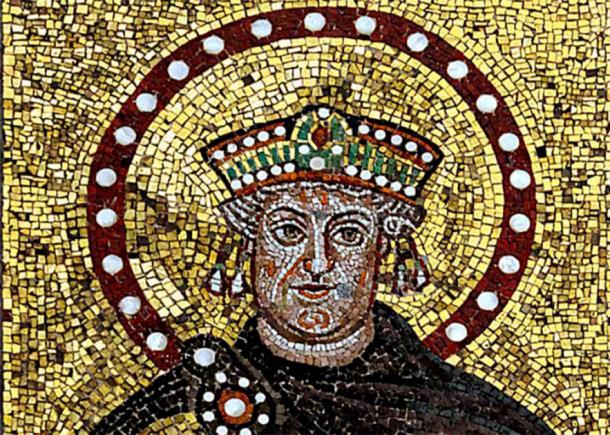
A mosaic of older Justinian emperor.. (Jbribeiro1 / CC BY-SA 4.0)
And as time rolled on, and Byzantium ended, the fragments of the Roman Cursus Publicus were adopted by the newly arriving Persians and then Ottomans. In the West too, the fragments of the Cursus Publicus seem to have been operating as late as the 9th century AD, under the Carolingian Empire. So efficient it was, that it persisted throughout the centuries.
Inca Empire Constructed Over 40,000 Kms of Roads and Superhighways in 100 Years
Study Reveals Lasting Prosperity Along the Roman Road Network
An End of an Efficient System
From the relay stations that punctuated the roads like waypoints of progress, to the skilled messengers who galloped tirelessly to deliver their missives, the Cursus Publicus was a symphony of logistics, ensuring that the heartbeat of Rome resonated through its every corner. It propelled officials swiftly to their posts, brought the empire’s decisions to life, and facilitated the exchange of knowledge and trade that enriched its culture.
Though the Cursus Publicus primarily served the elite and the apparatus of the state, its legacy endures in the advent of modern transportation and communication systems. After all, the postal systems that we rely on today are not all that much different from the Cursus Publicus of the distant past. And just as the Cursus Publicus bound the Roman Empire, so too does it bind us to the enduring pursuit of progress, unity, and the relentless march of human endeavor.